The Glory of Ghee

Ghee is a type of clarified butter, and a staple ingredient in Indian cuisine. It’s best known for its rich nutritional profile, which may be one reason as to why it has become increasingly popular in recent years. It is made by boiling butter to caramelise the milk protein, which is then removed. The residual concentrated fat is ghee.
Ghee has a wide variety of health benefits. It is rich in Vitamin K2 which is good for bone health. If consumed in moderation, it doesn’t cause diabetics to gain weight, and is also a good alternative for those who are lactose intolerant. Ghee has long been regarded as superior to other fats, owing to its characteristic makeup of short-chain fatty acids, which are responsible for its anti-cancer properties and makes its digestion easy. Apart from the fact that it serves as a delicious and flavourful ingredient for many traditional dishes, ghee is also a key transporter of fat soluble vitamins (A, D, E, and K) and vital fatty acids (linolenic acid and arachidonic acid). Additionally, ghee is said to be a cooling agent that can boost mental acuity, improve one’s physical appearance, and treat ulcers and eye diseases.
Common Adulterants In Ghee
There are several kinds of ghee available in the market, and owing to its growing demand, there have been multiple reports of adulterated ghee. Quality ghee can be difficult to source in large amounts, so manufacturers resort to unethical tactics to meet consumer demands.
Vegetable oils, animal fats, mineral fats, and hydrogenated oils like vanaspati and starch are commonly used to adulterate ghee. Besides this, rancid ghee or vanaspati is often disguised and sold as ghee because of its similar colour and texture.
Coal tar dyes are often added to ghee to enhance its colour. Coal tar dyes are known to contain small amounts of other heavy metals additives (such as aluminium). Ingesting them over a period of time can potentially cause brain damage or speed up the progression of brain diseases like Alzheimer’s. Studies showed that cutting out foods known to contain these dyes like candy, chips, and colourful drinks which have coal tar dyes in their recipes were pretty effective at reducing symptoms of ADHD.
How to detect Adulteration in Ghee
Pure desi ghee is yellowish or golden in appearance. The granular ghee that settles at the bottom is whiter than the liquid golden part that floats at the top. The ghee one usually buys at the store has fragrance and preservatives added to keep it fresh for as long as possible. With so many brands engaging in malpractices and adulteration, it’s difficult to tell if ghee is pure just by looking at it.
There are multiple ways to check whether the ghee you’re consuming is adulterated or not.
Palm test: If the ghee is pure, it’ll melt easily in one’s palm.
Heat test: Heat a teaspoon of the suspected ghee in a vessel. If it melts quickly and develops a dark brown colour, then it is pure and unadulterated. However, if it takes too long to melt and turns light yellow in colour, it is most probably adulterated.
To detect presence of coal tar dyes: To two millilitres of ghee, add five millilitres of concentrated hydrochloric acid. Shake and let it stand. Change from golden yellow to crimson red indicated the presence of coal tar dye.
Iodine test for starch adulteration: Add two drops of iodine to a small quantity of the suspected ghee. If the iodine turns purple, it means that the ghee is adulterated with starch and should be avoided.
Double-boiler method to detect coconut oil in Ghee: Melt the ghee and place it in a glass jar using the double-boiler method to see if it includes traces of coconut oil. Place this jar in the refrigerator for a while. If the ghee and coconut oil solidify into separate layers, you will know that the ghee is contaminated.
Chemical test for rancid ghee: Add a tablespoon of ghee to a test tube and heat it. Then add an equal amount of concentrated HCl to the mixture, along with a pinch of sugar. To mix the ingredients, shake the test tube. If there are pink or red granules at the bottom of the test tube, the ghee has been adulterated with rancid ghee.
The Bottom Line
While ghee has many benefits and goes well with several bread and rice dishes, the plague of adulteration is widespread and lethal. As consumers, we should be aware of the various malpractices prevalent in the market so that we can avoid consuming adulterated ghee from unethical manufacturers. Instead, we can focus on sourcing quality ghee from reliable traders.
 Food Manifest
Food Manifest 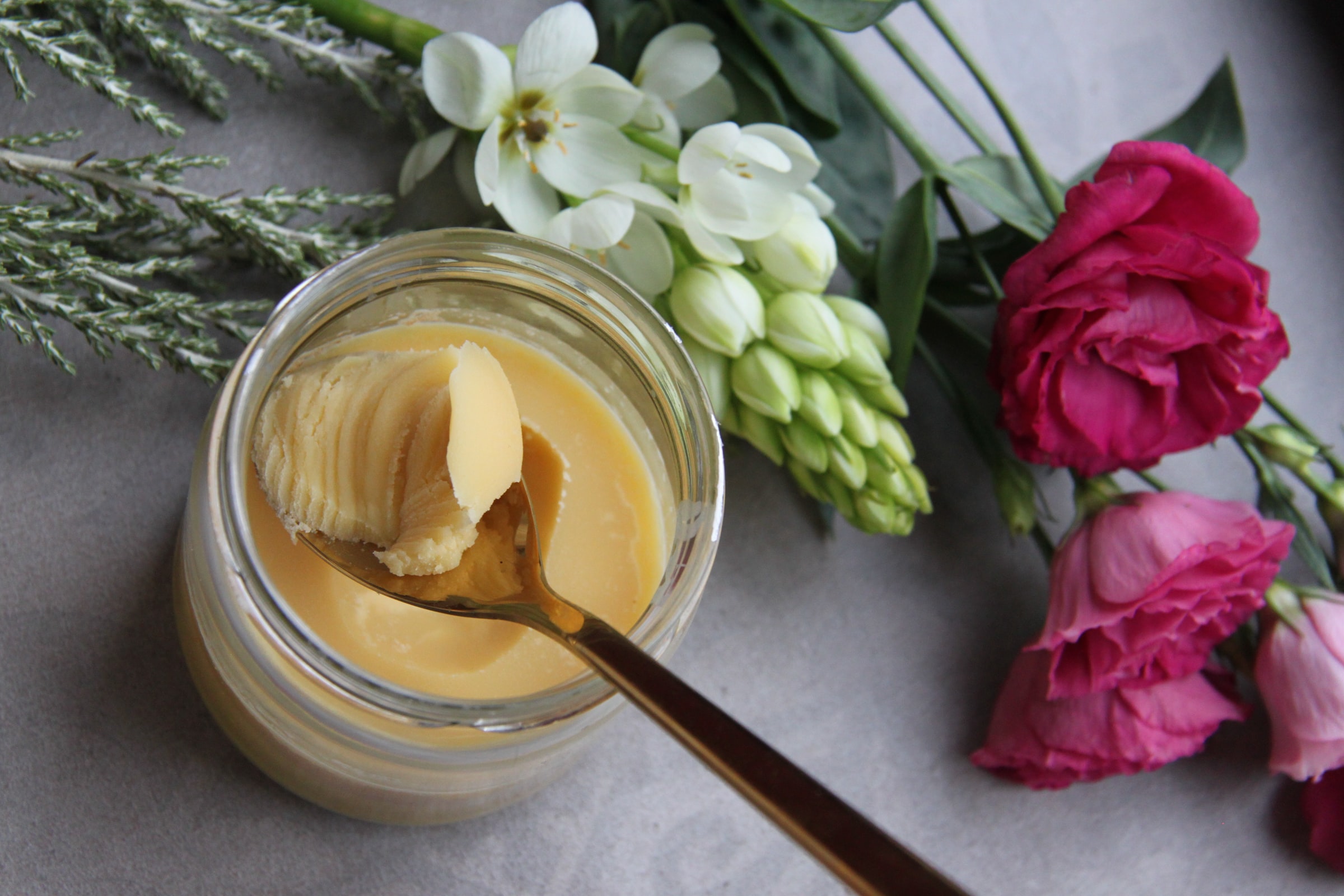
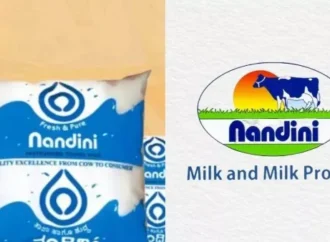


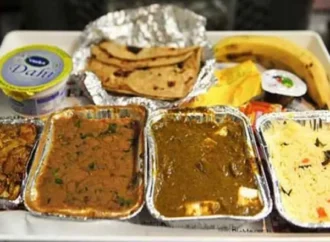
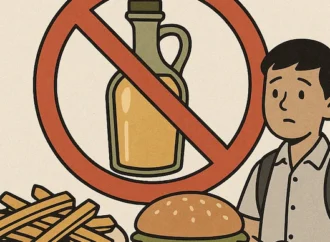

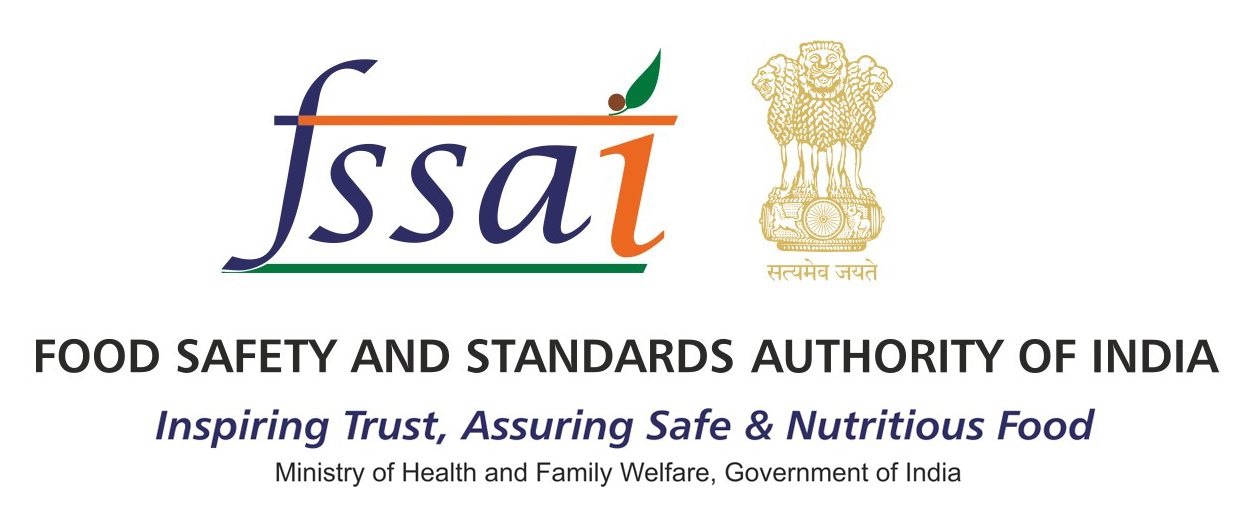

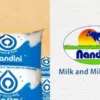



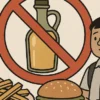





Leave a Comment
Your email address will not be published. Required fields are marked with *